“When death finds you make sure it finds you alive” - African proverb
When I first heard this proverb, I didn’t quite understand what it meant. However, since then I have realized it means hopefully you have spent your life fully living its full depth and breadth so that when it comes time to die, you are not discovering you had not lived. . .A beautiful adage that captures the essence of the ancient and enduring myth of one of Egypt’s most beloved, most worshipped goddesses: Isis.
Starting to carve a multi-block linocut of the Goddess Isis and the falcon (kestrel) with whom she is associated.
Isis is known as the great mother, mourner, and magical healer. In the myth she searches far and wide for the remains of her husband, Osiris, which she gathers and reassembles. She then grieves and mourns over his body, breathing life back into it with the beating of her wings. They then make love and she conceives their son Horus who goes on to become the next Pharaoh of Egypt. For the ancient Egyptians the image of the goddess Isis suckling her son Horus was a powerful symbol of rebirth.
The myth of Isis speaks to many of us today. Her birds-eye-view, and her capacity to see the potential for wholeness even in the depths of grief while searching for the scattered missing parts of her husband’s body is a metaphor. It shows us there is great wisdom in recognizing, acknowledging and seeing the potential for wholeness, instead of only just the broken discarded parts. Like a grand ancient voice from the past, the myth of Isis reminds us to gather those precious parts of ourselves that are buried and lost, and to breathe life back into them because something new will be birthed out of us through this process. Most importantly, Isis shows us how transformation is not accidental, we must be the agents of its unfolding. Like Isis, we have to have the courage to take our aliveness into our own hands. The magic of our wings is our own making. . .
Isis’ bird-like perspective, and magical life-giving wings intertwines the transformative experience of healing from brokenness to aliveness with an intimate connection with birds. For this reason it is not surprising that in Egyptian art, Isis is often depicted as a bird, more specifically, a kite or a falcon (kestrel), or sometimes a kite with a woman’s head, or as a winged goddess sitting or hovering by the bier of Osiris. Black kites are fairly large, dark-plumed birds that feed on both live prey and scavenge for carrion in much the same way Isis searched Egypt for the scattered remains of her husband Osiris’ body. In fact, the black kite’s cry—a shrill, plaintive, screeching—sounds very much like the mournful cry of a woman. Kites are sociable and intelligent, but also aggressive birds and would even attack wounded human beings - a characteristic similar to Isis who fiercely protected the body of Osiris and came to be known as the protector of the dead. Perhaps we can learn from Isis that our own transformation and renewal requires fierce protecting too.
A multi block linocut print inspired by the Goddess Isis including: kestrel birds, layered colors inspired by similar layers of colors of the Sycamore tree bark. Isis is characterized as both a moon and sun goddess, a cosmic goddess governing time and the seasons which, in turn, guaranteed the fertility of the earth.
Kites were also thought to be the ones ferrying Osiris to the Otherworld and the idea that birds mediate between different worlds is a very persistent theme in many folktales and myths around the world including Makers of Dreams and Linnunraata. This capacity to mediate between the world of the living and the world of the dead is what Dr Clarissa Pinkola Estes, Jungian Analyst, describes as a double archetype, also known as the Creation Mother and Death Mother. This double archetype shows up often in folktales like Baba Yaga, Weaver of the World and Mother Goose. The Creation Mother and Death Mother holds the tension between what is dissolving and what is emerging, and sees the potential for the wholeness and renewal in the broken dying parts, which is a form of heightened awareness. . .In fact, in mythology wings can symbolize spiritual flight — an ascent to the heavens, and heightened consciousness. What I find fascinating is that the Goddess Isis embodies this dual consciousness through her capacity for flight, and her life-giving bird-like wings, once again showing how harnessing and embodying bird-like wisdom can empower our capacity for transformation.
The Sycamore Tree, is associated with the Goddess Isis. You can see the beautiful colors of its bark here from a tree in my neighborhood and I have tried to capture these colors and layers in my newest linocut inspired by the Goddess Isis.
Besides birds, Isis is often associated with the Sycamore Tree, which was considered in ancient Egypt to be the Tree of Life, and for its distinctive multicolored bark. The outer bark is unable to grow at the same rate as the trunk and limbs so it sheds its skin in layers revealing an inner bark with beautiful whites, tans, various shades of green. The shedding of the tougher outer bark to reveal softer internal layers can be a metaphor for the ways we need to shed our outer masks, the hard defensive parts of ourselves so that the more authentic vulnerable inner self has space to grow us into who we really are. I love how Isis is associated with this tree that captures so brilliantly in its bark Her essence and embodiment of dying, renewal and birth.
The myth of Isis, and the way she carefully gathered, tended, protected, and honored the body parts of Osiris before breathing life back into him can also be used to understand grief on a larger scale than just the individual level. Hillary McBride in her book The Wisdom of Your Body: Finding Healing, Wholeness, and Connection through Embodied Living, talks about how interconnected our bodies are with the body of the earth. In her chapter entitled “Holy Flesh” she discusses our tendency to ignore our bodies' cues, undervalue our bodies as they are, and sometimes even live entirely in our heads detached from our bodies and how this is strikingly similar to the ways we have hurt, undervalued and ignored the body of the earth. She says,
“To remember the earth as a loving mother, whose body we need in order to survive just as an infant needs a mother’s breast, is to remember our bodies in a disembodied world. It means taking the elements of life that are central to our thriving but have painfully been diminished and relegated to an inferior position and recentering them as foundational for both our continued existence and our thriving. We have disregarded the earth as we have disregarded our bodies, but remembering our bodies helps us remember the earth and the connection we have to all life”
I believe the myth of Isis offers us a framework for thinking not only about the griefwork necessary to heal the disregarded, buried aspects of our own bodies and selves, but also the griefwork necessary to gather, honor and heal the parts of the earth’s body that have been similarly disregarded, wounded and destroyed as a result of the ongoing catastrophic planetary and human-caused environmental destruction. Like Isis, we can choose to take the aerial perspective, we can choose to see the potential for wholeness even while witnessing the scattered broken dying parts of this planet. We can bravely open ourselves up to grief and gather the precious dying parts of the earth that need to be honored, and fiercely defended while at the same time courageously using our greatest gifts and our magic to contribute collectively to the renewal of this planet.
Thousands of years after its original creation, we can still benefit from the myth of Isis and there is a profound reason it has endured this long. Generations have borne witness to its truths which have manifested time and time again, century after century. The myth of Isis is the voice of our oldest elders telling us through time, to fiercely protect this story of death, grief, transformation and renewal. This beloved and enduring myth speaks of a latent winged power that exists within all of us that we have the choice to manifest if we are willing to take aliveness into our own hands, discover our deeper purpose, and weave ourselves back into the Anima Mundi - the soul of the world, this precious wild home where we belong.
Note* In this blog post I offer my own personal reflections on the myth of Isis, its meaning and value to me in hopes that others may takeaway something of value too. However, I am no expert on mythology or Egyptian culture and history and am fully aware my post leaves out a vast amount of culturally specific nuances to this myth and also ancient Egyptian culture. I do hope that if you do find an interest in exploring more, you might seek out Egyptian authors, mythologists, cultural experts who can speak with more authority about Isis including additional facts, complexities and layers to this interpretation that may yield a richer understanding.
Blog Post Cover Image Photo Credit: Esmir Bilali on pixels
Book References:
Estes, Dr Clarrissa Pinkola (1996). Women Who Run With the Wolves: Myths and Stories of the Wild Woman Archetype. Ballantine Books.
McBride, Hillary (2021). The Wisdom of Your Body: Finding Healing, Wholeness, and Connection through Embodied Living. Brazos Press.
Goddess Isis Online Research References:
“Juliana Rasnic - Isis and Nut” Virginia Commonwealth University. http://www.people.vcu.edu/~djbromle/art-symbolism/student-projects-2001/isis-rasnic.html
“Isis Egyptian Goddess” Britannica. https://www.britannica.com/topic/Isis-Egyptian-goddess
“Why Does Isis Have Wings?” Isiopolis. https://isiopolis.com/2020/05/10/why-does-isis-have-wings-3/
“Tree Goddess of Ancient Egypt”. TourEgypt.net https://www.touregypt.net/featurestories/treegoddess.htm


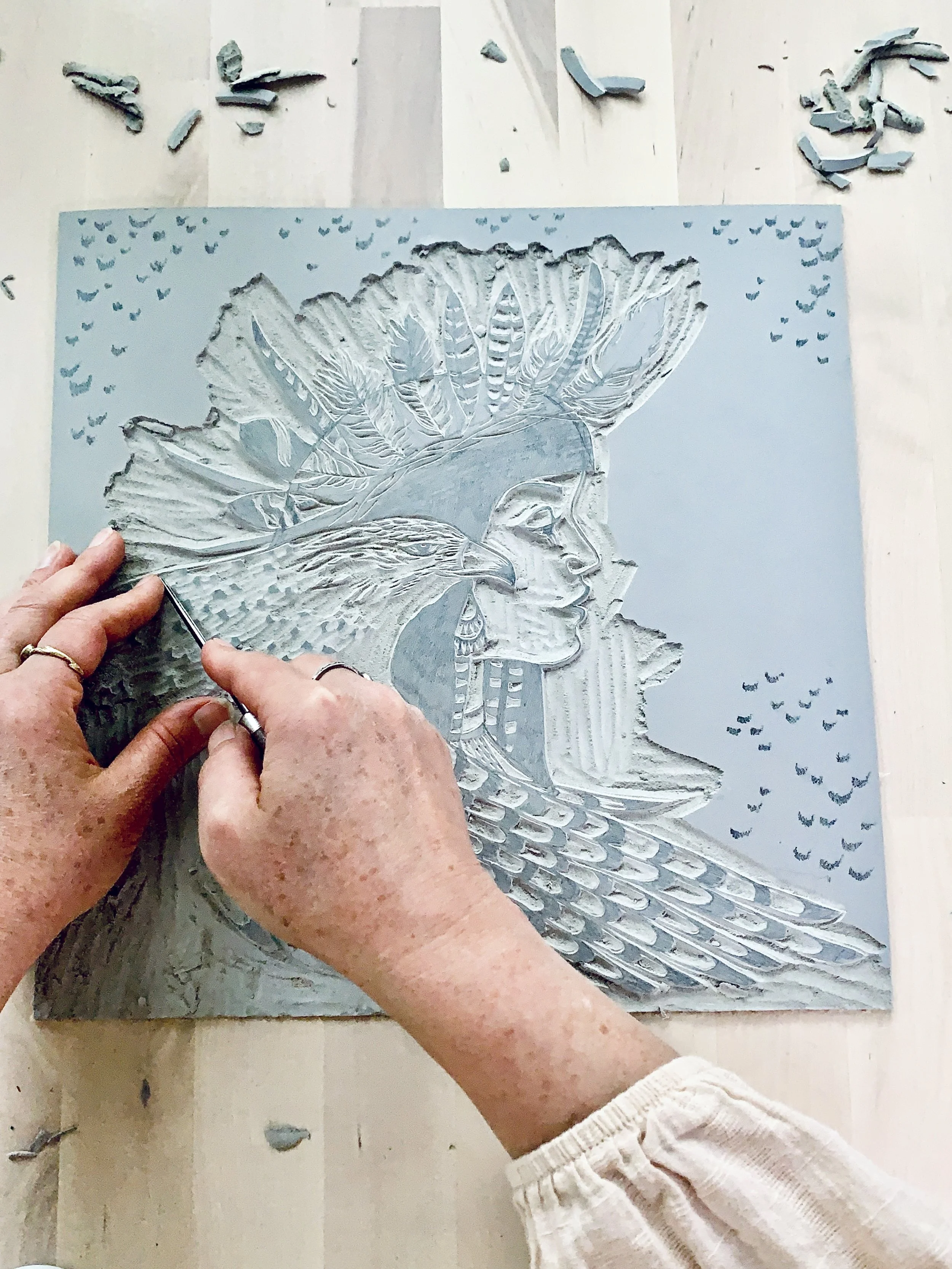
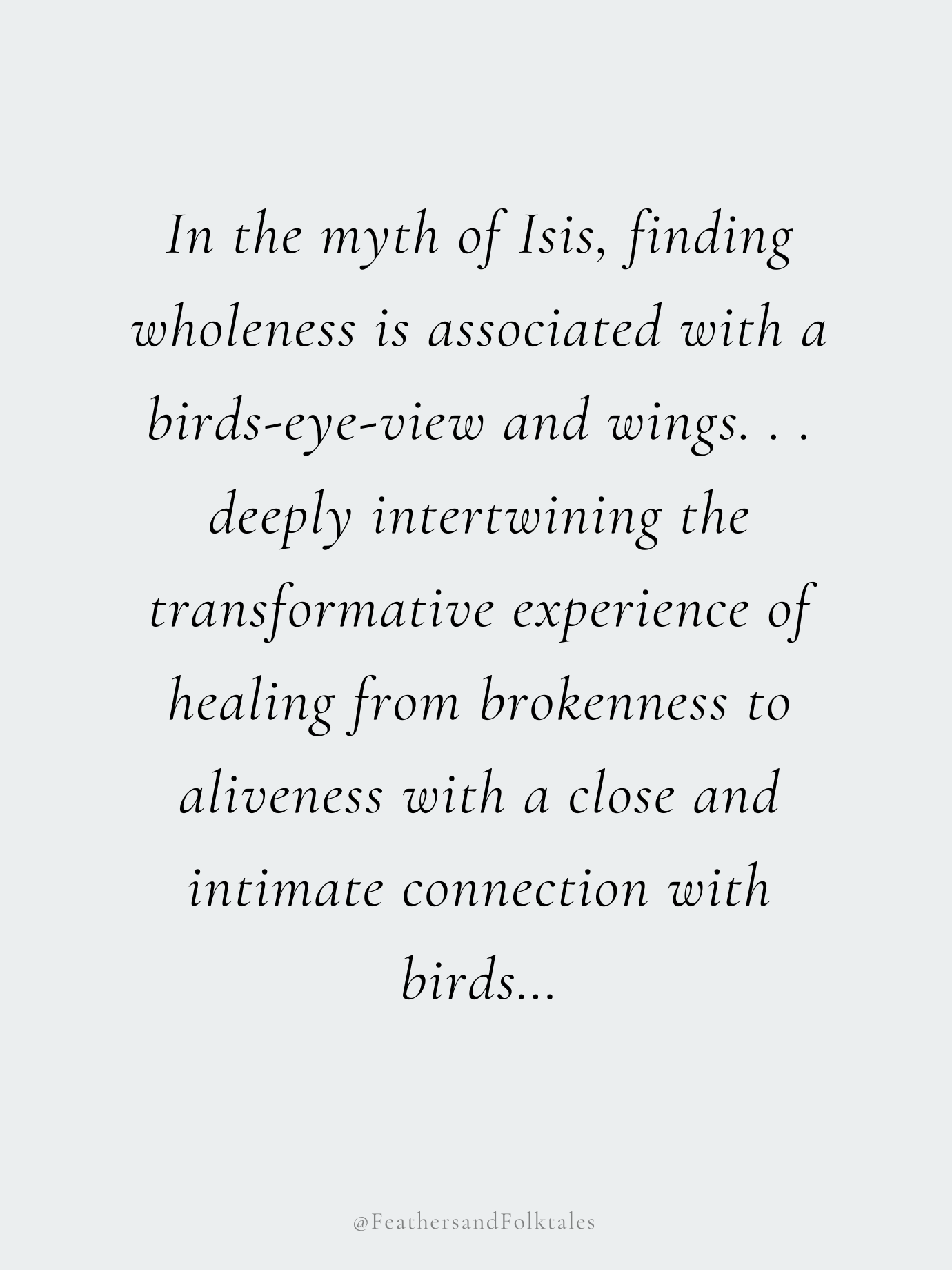
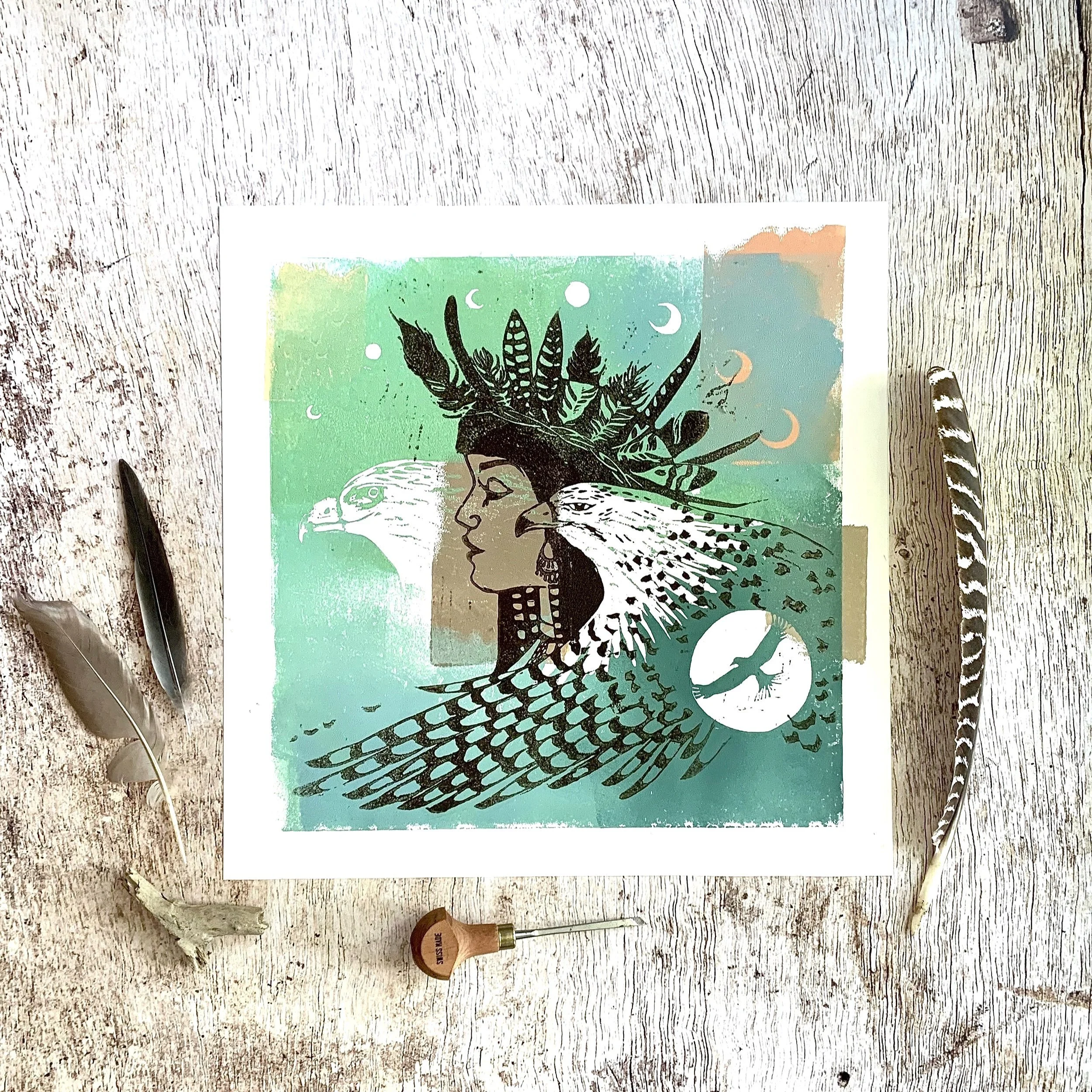
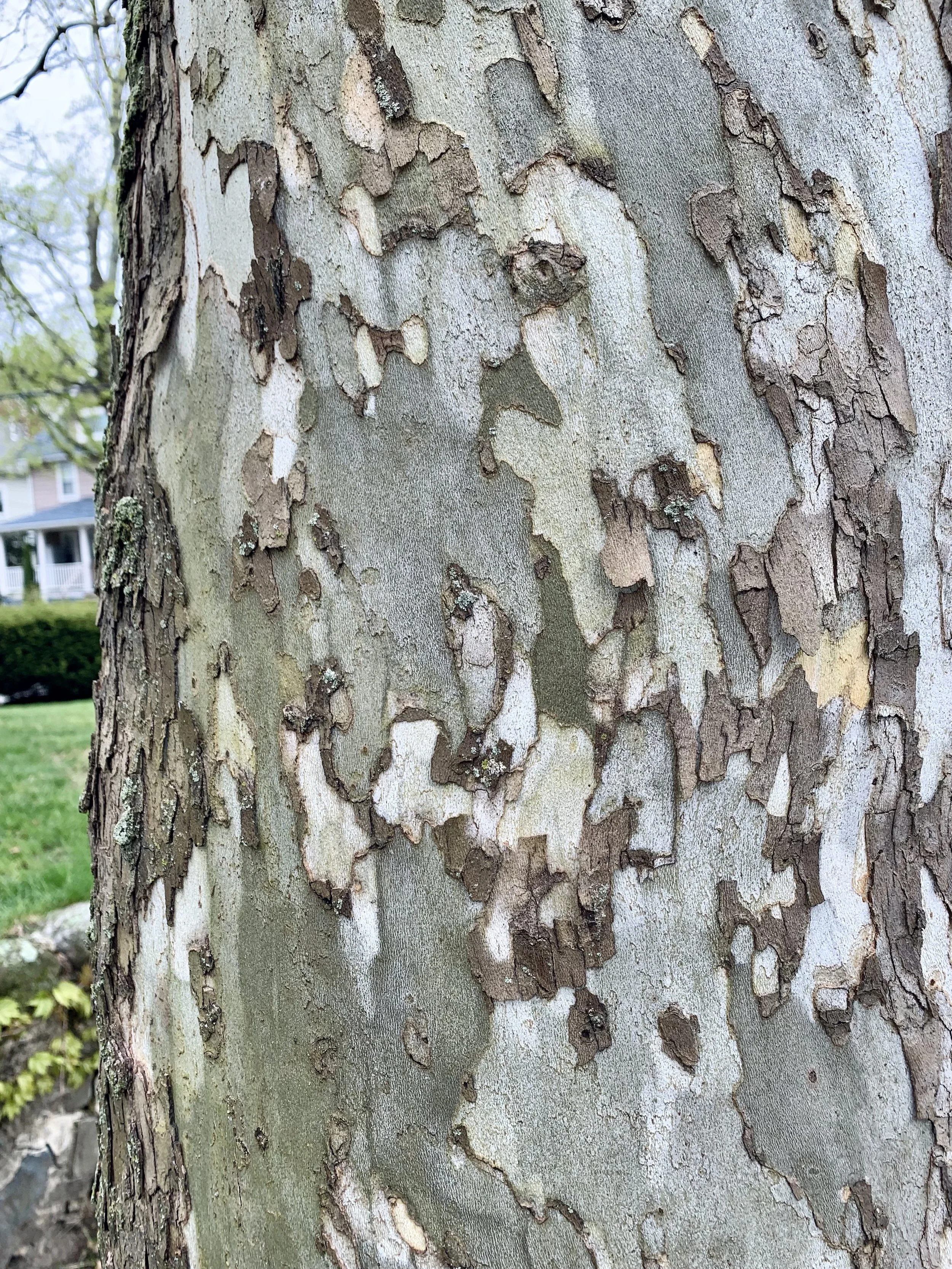
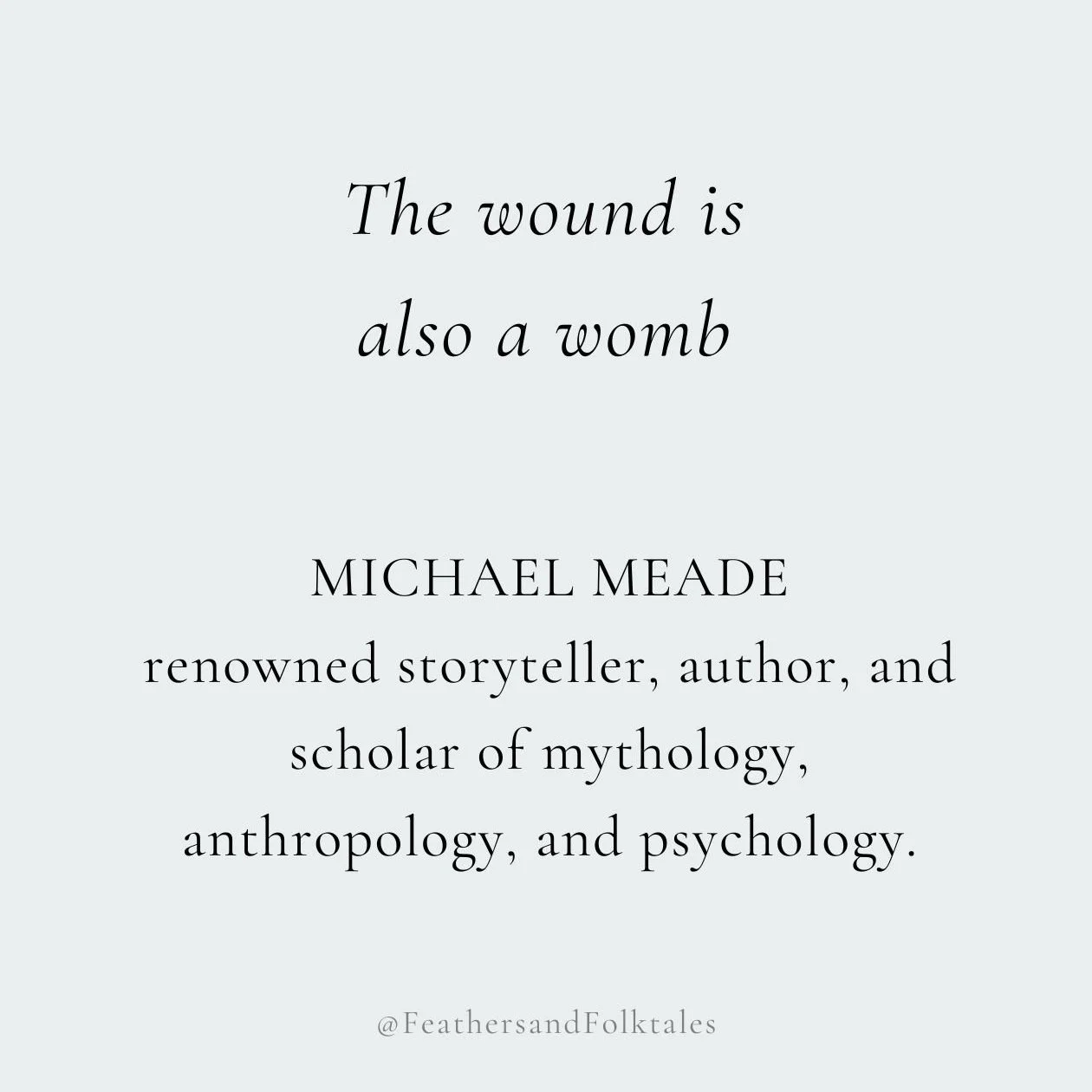



There is a folktale about the importance of generosity when faced with a scarcity of resources that can be found in both Ukrainian folklore and in Abenaki folklore. In the Ukrainian version, woodland animals try to fit into a mitten to stay warm even though it is too small, and in the Abenaki version they are all coerced into a bag to feed a hunter and his grandmother even though taking all of them exceeds the hunter’s needs for the winter. Myths and stories that reveal shared values and themes despite having originated from two distinct cultures and landscapes reveals a collective consciousness: an undercurrent of synchronicities that connects us all together.